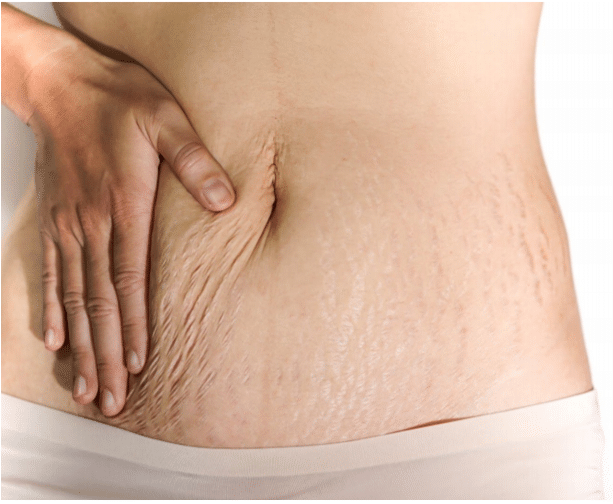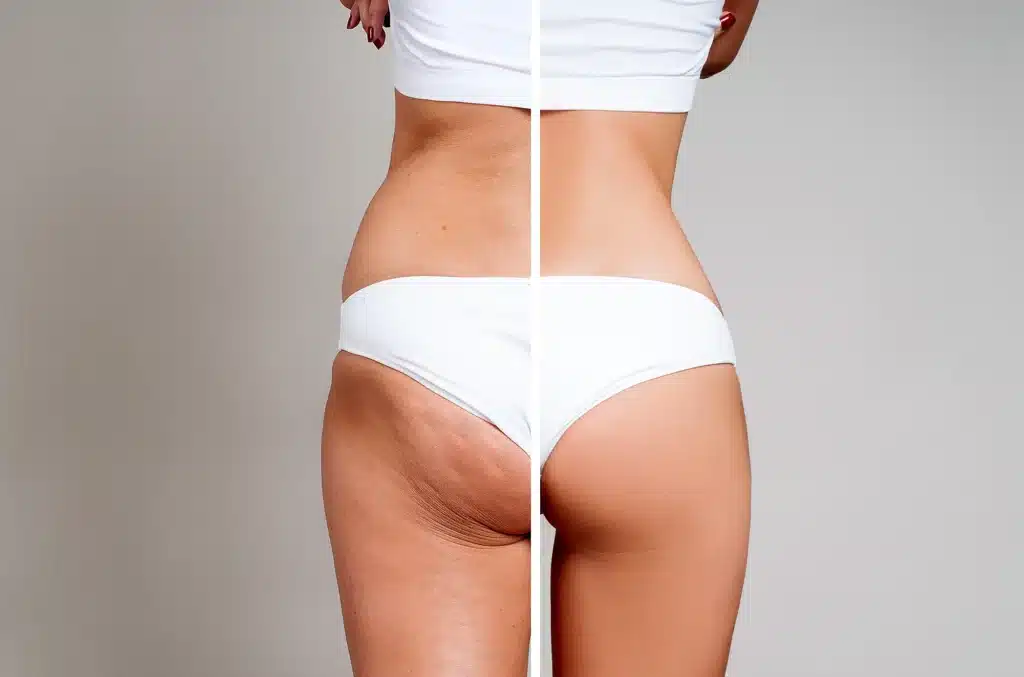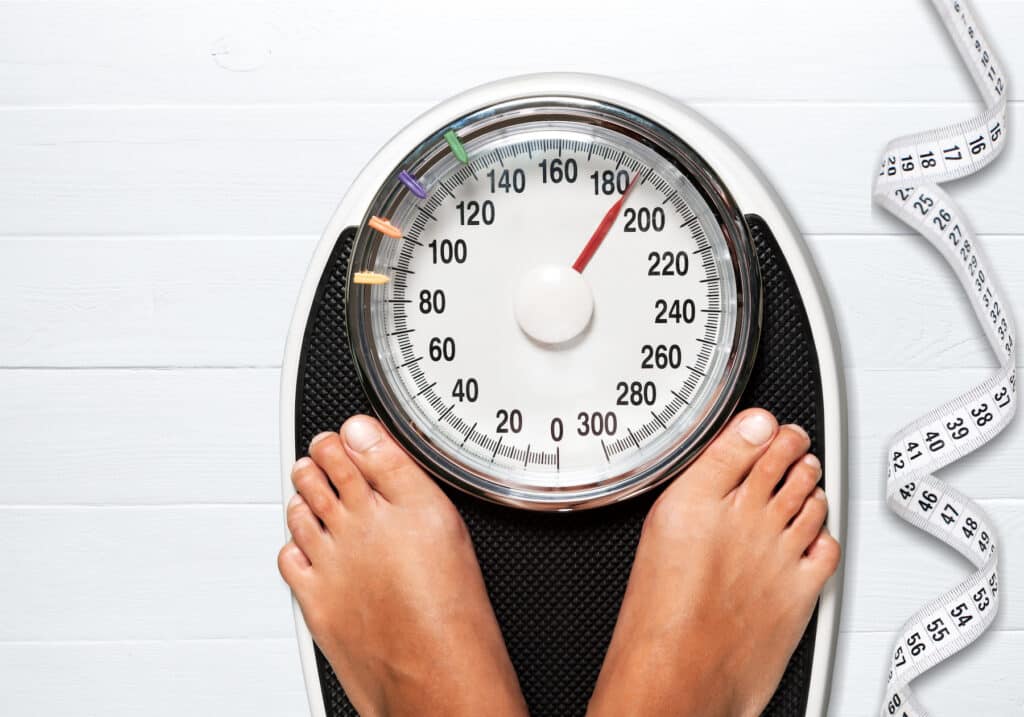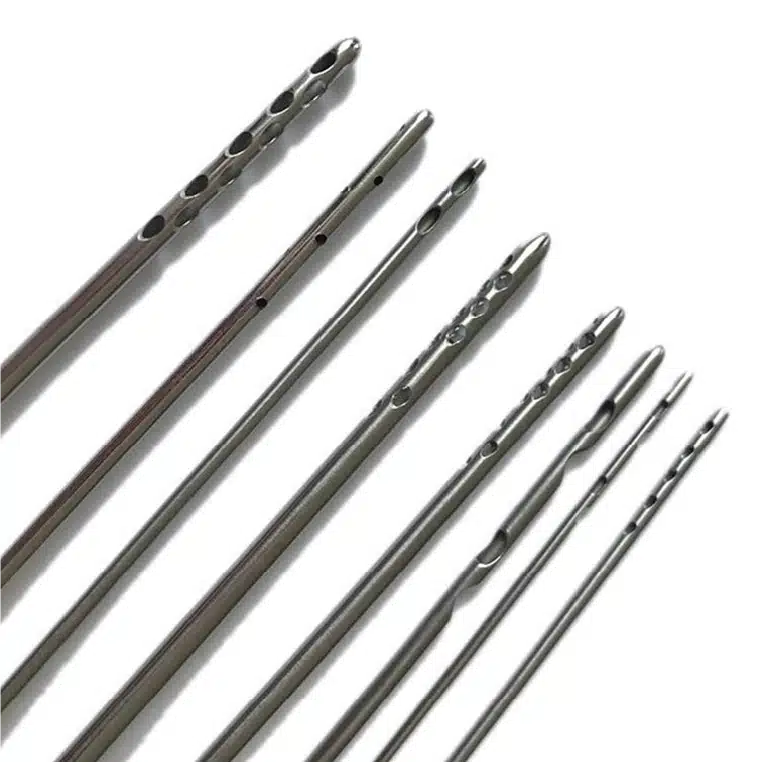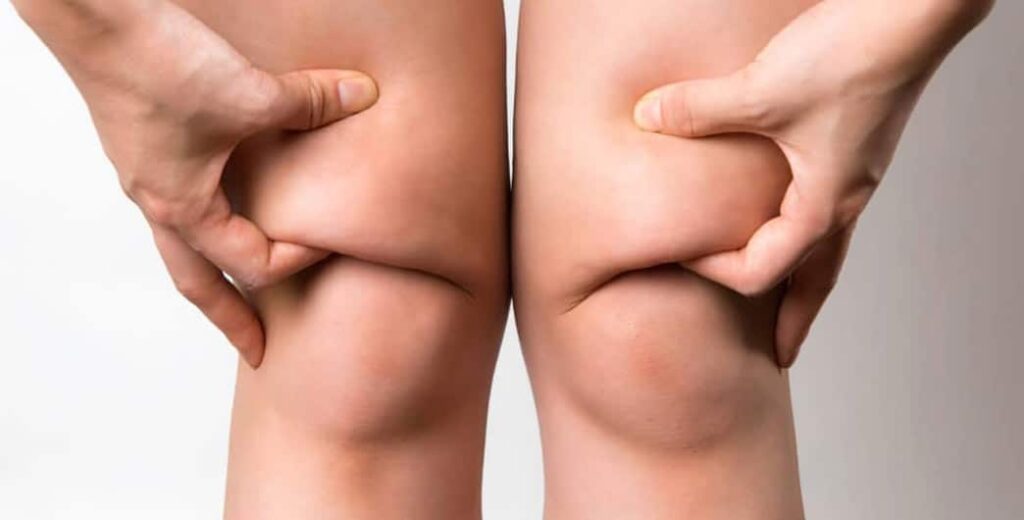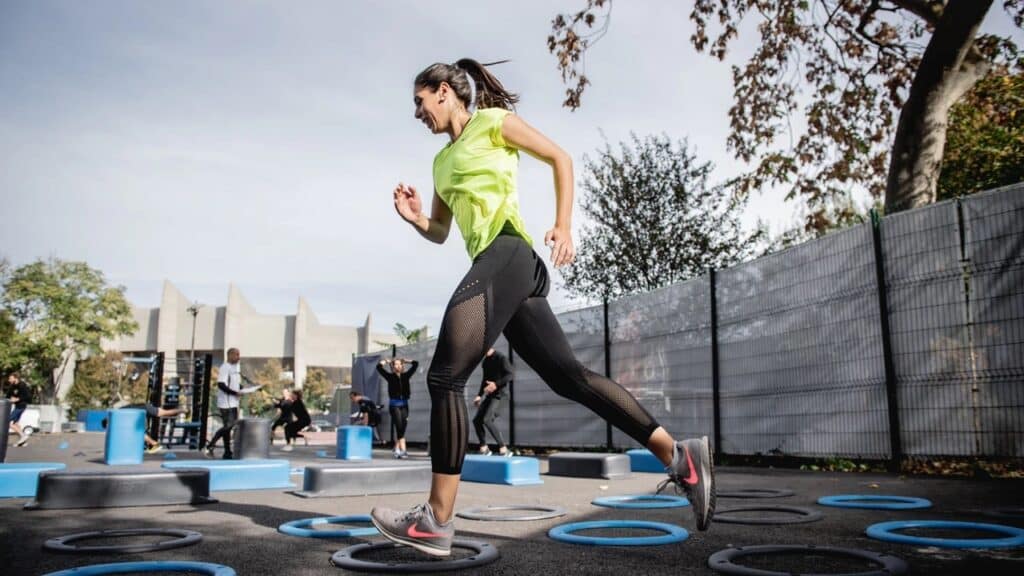Key Takeaways
- Compression garments are specifically designed to support your body after liposuction. The support gives a tight fit to treated areas for healing and comfort.
- Wearing compression garments after liposuction is essential. They do prevent swelling, ease discomfort, and promote circulation while you’re healing.
- These garments literally reshape your body by allowing the skin to adjust to its new shape. This will help you get more gratifying results from the procedure.
- To reap all the benefits, be sure to wear your compression garments as directed by your medical professional, typically for several weeks after surgery.
- Don’t make the same mistakes! Wearing the wrong size or not wearing your support garments consistently will seriously hinder your recovery and shorten the duration of your lipo.
- Regularly check and adjust them to ensure they fit properly and provide the necessary pressure without discomfort.
Healing after liposuction requires more than rest.
Compression garments work like magic. These snug miracles reduce swelling, disguise bruises, and accelerate healing. Wearing them the right way is essential to get the best results.
Imagine less pain and more comfort as you recover. It’s the difference between a slow and a smooth healing process.
You deserve rapid recovery and remarkable results.
Slip into those garments and trust the process. Your body will thank you for it.
Recovery is not a matter of time, but a matter of doing it correctly.
Start smart, heal fast, and let the magic happen.
Your path to wellness starts here.
What Are Compression Garments
Definition and Purpose
Imagine this: you’ve just had liposuction, and now you’re on the road to recovery. This is where compression garments come into play.
This isn’t just any old clothes you’re throwing at me. They are uniquely designed to embrace your body softly and securely.
These garments provide targeted pressure exactly where you need it. They reduce swelling and increase blood flow effectively.
This is important because following surgery, your body needs all the support it can get to heal.
These clothes offer consistent pressure to shape your body. Their job is to help you achieve a smoother, more defined look as you recover.
Think of them as your quiet wings to propel you to the results you want.
They keep complications at bay and get everything healed up beautifully.
You may be asking, “Well, why are they important?
These garments can actually prevent those annoying seroma problems.
Seroma is a fluid buildup that can occur after liposuction.
They make it all feel nice and snug and secure.
This minimizes scarring and allows you to return to your favorite activities more quickly.
Types of Compression Garments
Now we’re going to discuss the types of garments you may encounter. There are a lot of options out there, and some are more suited to your needs than others.
You may also see bodysuits, which cover larger areas, and abdominal binders targeting your tummy. They come in varying levels of compression, so you can select what is comfortable for you.
Perhaps you prefer a vest or leggings—they’re all about your comfort.
Remember, good quality counts! Choosing clothes made from robust, breathable fabrics will make your recovery experience a lot more enjoyable.
Here’s a quick list to help you grasp the types:
- Bodysuits: Full coverage for comprehensive support.
- Abdominal Binders: Focused compression for the midsection.
- Vests & Leggings: Targeted styles for specific areas.
Wearing these garments isn’t just about the first few days post-surgery.
You’ll probably want them on day and night for six weeks, except when you’re showering or caring for your wound. Then, you could go part-time for a bunch more weeks.
Making the commitment to start down this path brings big rewards.
It makes your healing process easier and helps your body adjust beautifully to its new shape.
Why Wear Compression Garments Post-Liposuction
Wearing compression garments after liposuction isn’t just recommended—it’s required.
These snug outfits help your body heal better and faster.
Immediately after the procedure, they offer consistent pressure on the treated areas, which is essential. Think of them as gentle hands assisting your skin and tissues to rest in their new positions.
By doing this, they reduce swelling and bruising, making your recovery more comfortable.
1. Enhance Recovery Process
Compression garments work wonders for speeding up your healing.
They encourage your body to heal faster by reducing swelling, which is typically the biggest pain post-surgery.
By boosting blood flow to the surgical site, these garments expedite your body’s recovery.
They also help your body adapt to its new shape after fat removal. This translates into better aesthetic results for you!
With consistent use, though, when you consider these garments your sidekick on a smooth recovery ride,
2. Minimize Swelling and Bruising
Nobody wants to deal with swelling and bruising, and compression garments are your best friend.
They re-route fluid that would have accumulated, greatly reducing the amount of swelling. By stabilizing tissues and limiting movement, they also keep bruising at bay.
It not only makes you feel more comfortable but also helps your body look more even and toned.
Reduced swelling means you’re not just healing better; you’re feeling better too.
3. Support Skin Retraction
These garments contribute to skin retraction, assisting your skin in conforming to your new body shape.
They reduce hanging skin after fat removal, enhancing the tone and smoothness of your skin.
Proper compression leads to better long-term aesthetic results.
When you’re going for that smooth, contoured aesthetic, these are the pieces for you.
4. Improve Surgical Results
Compression garments enhance your surgery results. They support tissue healing and contribute to a smoother and more contoured appearance.
They help prevent irregularities or asymmetries in treated areas. The best surgical results come from sticking to wearing these garments post-op.
Key Benefits of Compression Garments:
- Reduces hematoma formation
- Reduces bruising and swelling
- Improves skin outcomes and texture
- Reduces postoperative pain and seroma incidence
- Improves pulmonary function
- Lowers edema and ecchymosis scores
Benefits of Compression Garments
When it comes to liposuction recovery, compression garments are like your trusty sidekick. They have a whole host of advantages that let you heal faster and feel a bit more comfortable.
Let’s dig into why they’re so important.
Promote Healing and Comfort
Compression garments provide an effective recovery “hatch.
They give your body a nice little squeeze, which helps your wounds heal nicely.
They make life after surgery a lot less uncomfortable.
The support can lift your spirits, preventing the entire recovery process from feeling too overwhelming.
Reduce Pain and Discomfort
Pain? Nobody likes it.
An easy way to do this is with compression garments to keep everything stable around your surgical areas. This means less jarring movement and more relief.
Imagine just going through your day with not as much pain hanging right over you. This was a game-changer for a much smoother, happier recovery.
When you wear these garments, you’re taking a step to prevent any discomfort.
Prevent Fluid Accumulation
One of the superpowers of compression garments is stopping the buildup of fluid, such as seromas.
They apply gentle pressure to your skin, pushing out excess fluid and helping blood flow.
This nifty feature keeps complications away and ensures a smoother recovery.
Keeping fluids in check is key to feeling better faster.
Here’s a quick list of why compression garments rock:
- Reduce scarring: Up to 90% less scarring, early and late-stage healing.
- Post-surgery puffiness goes down, showing new body contours.
- Maintain surgical site: Keep the area sound; lower risks of skin bumps or issues.
- Get back to your routine and daily activities quicker.
- Act as a shield. Protect against dirt and germs entering wounds or stitches.
How to Properly Wear Compression Garments
Understanding how to wear compression garments after liposuction is essential for a speedy recovery.
Once you’re out of surgery, it becomes crucial to slip into these snug companions as your surgeon instructs. They relieve swelling and provide your body with the support it needs from day one.
Think of it as a reassuring hug for your healing tissues, making sure everything stays in place while you heal.
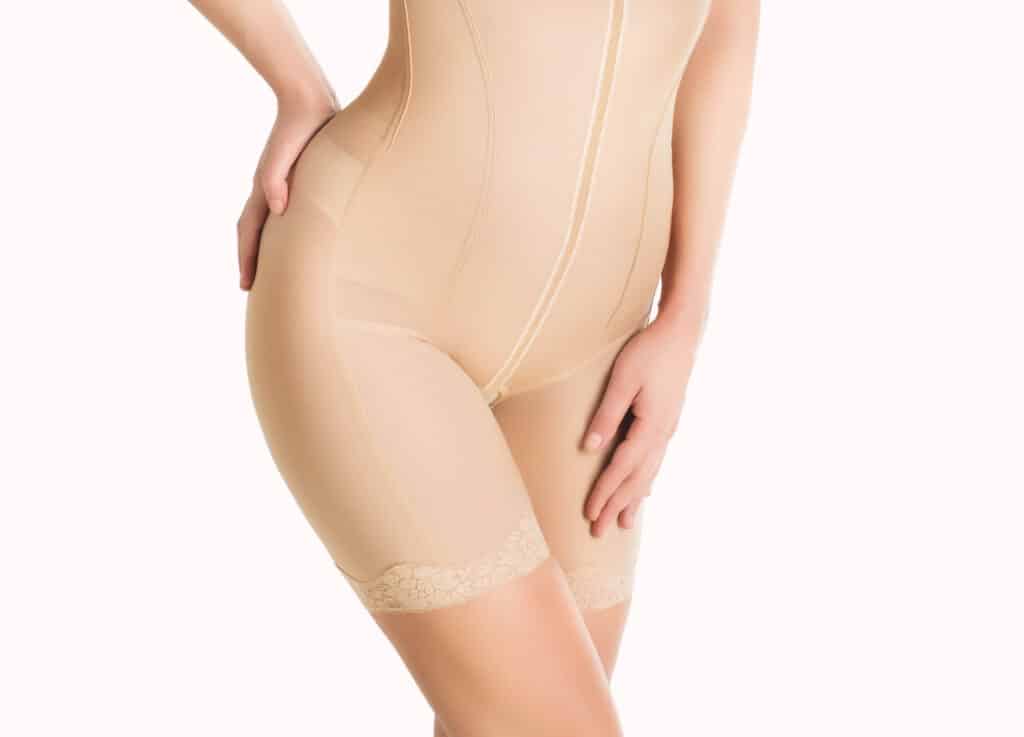
Choose the Right Size and Fit
Finding the right size is like finding the right pair of jeans—it needs to fit just right.
Too tight, and it could impede your recovery; too loose, and it doesn’t provide adequate support.
Think of it as Goldilocks finding the porridge that was just right—not too hot, not too cold.
To make it fit perfectly, measure the areas treated.
Don’t be afraid to discuss size options with your surgeon. They know the ropes and can provide insight specific to your needs.
Follow Surgeon’s Instructions
Your surgeon is your guide on this journey. Listen to their advice on when to wear your garments, and it’ll all make a difference.
Most people wear them all day, every day, for at least the first six weeks. The only time they get a break is for bathing or taking care of wounds. As you recover, they may recommend backing off slowly.
Leave the lines open and ask questions when you just don’t know or are not sure — this is not a guessing game!
Maintain Cleanliness and Hygiene
Washing your clothes is like brushing your teeth—it’s non-negotiable!
Washing them regularly keeps infections at bay and makes sure your clothes remain effective.
Follow the care instructions very carefully.
Grab one or two pairs so you can rotate them around and keep things fresh!
It’s all about making your recovery as comfy and safe as possible.
Post-Surgery Garment Tips:
- Wear at all times (except bathing/wound care) for six weeks.
- Swelling can last weeks; garments help manage this.
- Multiple garments may be needed for different body areas.
Common Mistakes to Avoid
The post-liposuction era is kind of like walking a tightrope. The right compression garment can be your safety net, but missteps happen.
Let’s talk about how you can avoid some of the common pitfalls.
Ignoring Proper Fit
Picture this: you’ve got this fabulous new outfit, but it’s just too tight or too loose. It doesn’t feel right, and you can’t wait to take it off.
Now, just imagine if that were your compression garment.
An ill-fitting garment will do more harm than good, causing discomfort and potentially delaying your recovery even further.
As swelling goes down, your body changes, and so should your garment fit.
Keep that thing checking. If you don’t understand, ask someone for help.
Believe it or not, a properly fitted garment can be as important as the surgery!
Inconsistent Wear Time
You might consider your compression garment to be like a partner in crime for your recovery.
Skipping days or not wearing it consistently is like leaving your superhero cape at home.
Following the recommended wear time—typically 4-6 weeks—is essential.
Yes, it can feel like a long haul, but this is your body’s way of healing and shaping.
Have a routine; perhaps wear it after your morning coffee or a night-time ritual.
This commitment can create a more seamless, expedited recovery and greater outcomes.
Check These Tips for Successful Recovery:
- Follow the doctor’s instructions: always wear your garment for the recommended duration.
- Monitor fit regularly. Reassess as your body changes post-surgery.
- Avoid over-correction. Keep a balance in fat removal to prevent irregularities.
- Stay clear of smoking and risky meds. Stop at least a week before surgery to cut complication risks.
Conclusion
Rock those compression garments like a boss when you get your lipo. These aren’t fancy clothes; they’re your ticket to a smooth recovery and killer results.
You seek comfort and a snug fit, not only style. It’s like those jeans that make you feel like a million bucks.
Steer clear of the common pitfalls—such as neglecting wear-time or selecting the incorrect size. Your body deserves the best care, and these garments have your back.
Want to make the most of your procedure? Grab those garments, wear them correctly, and let the magic happen.
Got questions or stories? Send them to your network. After all, you never know who will need your wisdom.
Go ahead and make this leap of faith — and watch the magic these clothes deliver.
Keep strutting your stuff and enjoy the transformation!
Frequently Asked Questions
What are compression garments?
Compression garments are tight-fitting clothing designed to support the body. They help reduce swelling and aid healing, especially after surgical procedures like liposuction.
Why are compression garments important after liposuction?
They reduce swelling and bruising after surgery. Compression garments also assist in skin retraction and help the healing process, producing better results.
What are the benefits of wearing compression garments post-liposuction?
They support quicker recovery, lessen discomfort, and make surgery go more smoothly. Improved blood flow and reduced swelling are two key benefits.
How should one properly wear compression garments?
Wear them tightly but comfortably for the duration your surgeon prescribed. Make sure there are no folds or creases that could irritate the skin.
What common mistakes should be avoided with compression garments?
Don’t wear them too loose or too tight. Don’t skip wearing them as directed by your doctor, and make sure they’re clean and dry.
How long should compression garments be worn after liposuction?
They are usually intended to be worn for 4-6 weeks, or as instructed by your surgeon. Follow their specific guidelines to ensure the best possible recovery.
Can compression garments be removed for short periods?
Yes, but listen to your surgeon’s advice. Quick baths should be taken as short breaks. Consistent wear is how you maximize benefits.

